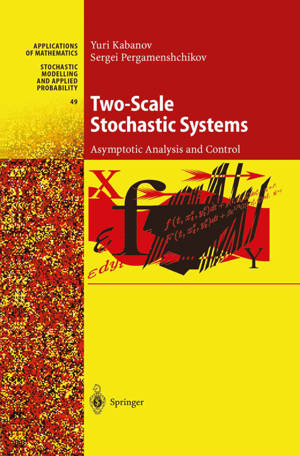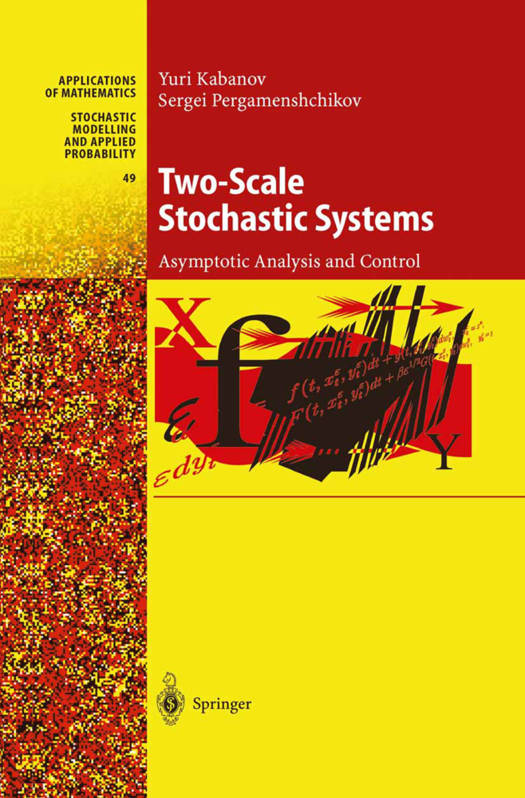
- Afhalen na 1 uur in een winkel met voorraad
- Gratis thuislevering in België vanaf € 30
- Ruim aanbod met 7 miljoen producten
- Afhalen na 1 uur in een winkel met voorraad
- Gratis thuislevering in België vanaf € 30
- Ruim aanbod met 7 miljoen producten
Zoeken
€ 97,95
+ 195 punten
Uitvoering
Omschrijving
In many complex systems one can distinguish "fast" and "slow" processes with radically di?erent velocities. In mathematical models based on di?er- tialequations, suchtwo-scalesystemscanbedescribedbyintroducingexpl- itly a small parameter?on the left-hand side ofstate equationsfor the "fast" variables, and these equationsare referredto assingularly perturbed. Surpr- ingly, this kind of equation attracted attention relatively recently (the idea of distinguishing "fast" and "slow" movements is, apparently, much older). Robert O'Malley, in comments to his book, attributes the originof the whole historyofsingularperturbationsto the celebratedpaperofPrandtl[79]. This was an extremely short note, the text of his talk at the Third International Mathematical Congress in 1904: the young author believed that it had to be literally identical with his ten-minute long oral presentation. In spite of its length, it had a tremendous impact on the subsequent development. Many famous mathematicians contributed to the discipline, having numerous and important applications. We mention here only the name of A. N. Tikhonov, whodevelopedattheendofthe1940sinhisdoctoralthesisabeautifultheory for non-linear systems where the fast variables can almost reach their eq- librium states while the slow variables still remain near their initial values: the aerodynamics of a winged object like a plane or the "Katiusha" rocket may serve an example of such a system. It is generally accepted that the probabilistic modeling of real-world p- cesses is more adequate than the deterministic modeling.
Specificaties
Betrokkenen
- Auteur(s):
- Uitgeverij:
Inhoud
- Aantal bladzijden:
- 266
- Taal:
- Engels
- Reeks:
- Reeksnummer:
- nr. 49
Eigenschappen
- Productcode (EAN):
- 9783642084676
- Verschijningsdatum:
- 5/12/2010
- Uitvoering:
- Paperback
- Formaat:
- Trade paperback (VS)
- Afmetingen:
- 156 mm x 234 mm
- Gewicht:
- 399 g

Alleen bij Standaard Boekhandel
+ 195 punten op je klantenkaart van Standaard Boekhandel
Beoordelingen
We publiceren alleen reviews die voldoen aan de voorwaarden voor reviews. Bekijk onze voorwaarden voor reviews.








